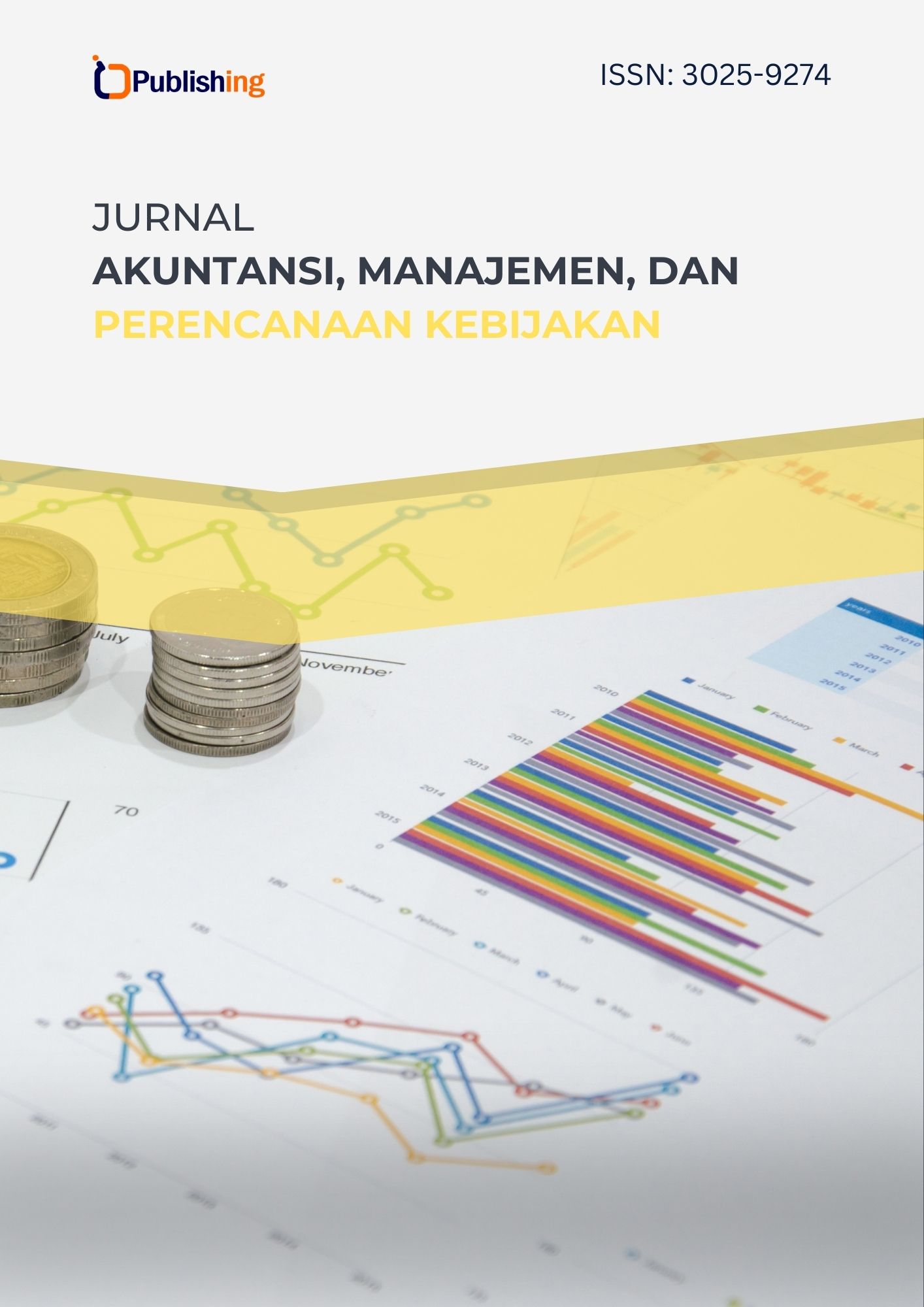Pengaruh karakteristik individu terhadap konsumsi rokok di Indonesia
DOI:
https://doi.org/10.47134/jampk.v1i1.10Keywords:
Karakter Perokok, Indonesia, Pekerjaan, Pendidikan, IFLSAbstract
Untuk mengetahui apakah seseorang merupakan perokok aktif di Indonesia, penelitian ini mengkaji hubungan antara perilaku merokok dengan kondisi kesehatan secara keseluruhan. Dalam penelitian ini, menggunakan data IFLS-5 tahun 2014. Analisis Regresi Probit digunakan dalam penyelidikan ini. Studi ini menemukan hubungan antara perilaku merokok dan kesehatan responden secara keseluruhan dan posisi pekerjaan. Berdasarkan data IFLS-5 tahun 2014, analisis regresi probit penelitian ini mengungkapkan bahwa karakteristik merokok di Indonesia berbanding terbalik dengan tingkat pendidikan. Studi ini menunjukkan bahwa mereka yang telah menyelesaikan sekolah dasar memiliki kecenderungan lebih tinggi untuk merokok daripada orang yang telah menyelesaikan pendidikan yang lebih tinggi.
References
Alamar, B., & Glantz, S. A. (2004). Smoke-free ordinances increase restaurant profit and value. Contemporary Economic Policy, 22(4), 520-525.
Bukit, R. M., & Laplanche, J. (2004). Tobacco and the Economy: A Review of the Economic Consequences of Tobacco Use. Review of Social Economy, 62(3), 309-324.
Cummings, K. M., & Brown, A. (2003). Oncogenes, Second-Hand Smoke, and Human Lung Cancer. Proceedings of the National Academy of Sciences, 100(5), 2655-2657.
Federico, B., Costa, G., Kunst, A. E., & Deboosere, P. (2004). Variations in Male Mortality by Educational Level in Seven European Countries: Results from the Population-Based AMIEHS Study. European Journal of Public Health, 14(1), 6-12.
Giskes, K., Kunst, A. E., Benach, J., Borrell, C., Costa, G., Dahl, E., ... & Mackenbach, J. P. (2005). Trends in smoking behaviour between 1985 and 2000 in nine European countries by education. Journal of Epidemiology & Community Health, 59(5), 395-401.
Glantz, S. A., & Parmley, W. W. (1995). Passive Smoking and Heart Disease: Epidemiology, Physiology, and Biochemistry. Circulation, 91(1), 243-247.
Hanioka, T., Ojima, M., Tanaka, K., & Yamamoto, M. (2005). Does Secondhand Smoke affect the Development of Dental Caries in Children? A Systematic Review. International Journal of Environmental Research and Public Health, 2(1), 16-25.
Kendzor, D. E., Businelle, M. S., Costello, T. J., Castro, Y., Reitzel, L. R., Cofta-Woerpel, L. M., ... & Wetter, D. W. (2010). Financial strain and smoking cessation among racially/ethnically diverse smokers. American Journal of Public Health, 100(4), 702-706.
Kopp, P., & Fenoglio, A. (2000). The Social Cost of Smoking in France. Health Economics, 9(1), 71-83.
LDUI (2012). Lembaga Deteksi Dini Dan Penanggulangan Penyakit Tidak Menular (LDUI).
Nichter, M., Nichter, M., Van Sickle, D., Popular, D., & Nichter, M. (2004). Tobacco harm reduction: an alternative cessation strategy for inveterate smokers. Tobacco Control, 13(2), 30-36.
Siahpush, M., McNeill, A., Hammond, D., & Fong, G. T. (2006). Socioeconomic and country variations in knowledge of health risks of tobacco smoking and toxic constituents of smoke: results from the 2002 International Tobacco Control (ITC) Four Country Survey. Tobacco Control, 15(3), 65-70.
Surjaningrum, N. (2010). Psikologi Perokok. Psikopatologi, 7(2), 55-64.
Unger, J. B., Cruz, T., Shakib, S., Mock, J., Shields, A., Baezconde-Garbanati, L., & Palmer, P. (2003). Exploring the cultural context of tobacco use: a transdisciplinary framework. Nicotine & Tobacco Research, 5(1), 101-117.
World Health Organization (WHO). (2021). Tobacco.
World Health Organization. (2003). Data and Statistics.
Downloads
Published
How to Cite
Issue
Section
License

This work is licensed under a Creative Commons Attribution-ShareAlike 4.0 International License.








